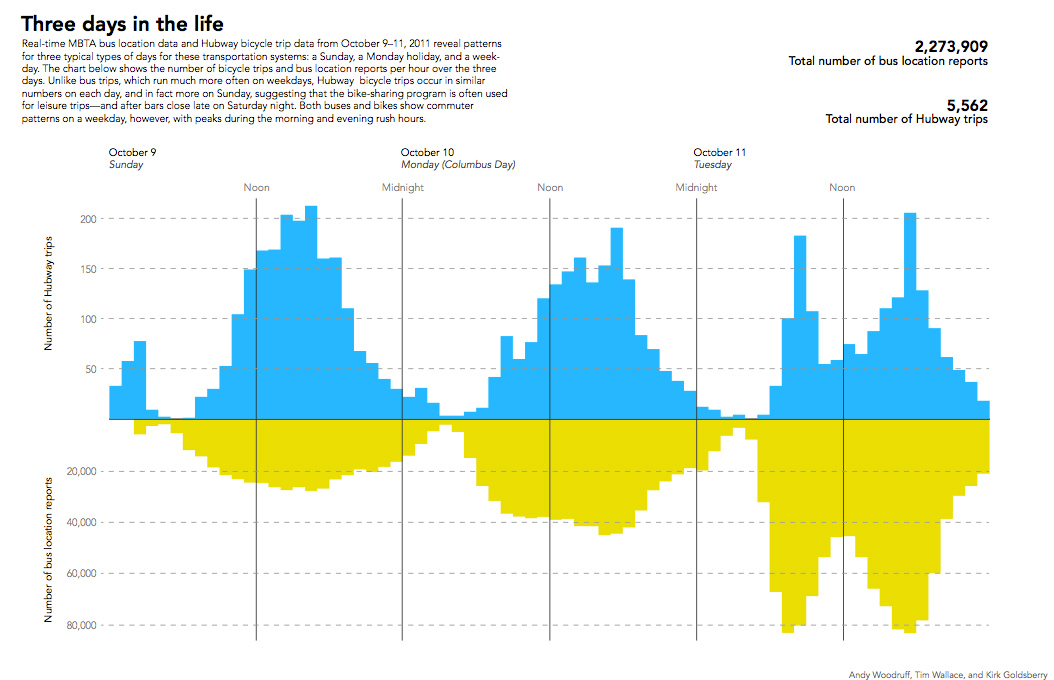Can you remind me with the post number for your question?
Post number 783 and 790 by American Folk Legend.
I agree that inline skates, skateboards, and bicycles can shorten pedestrian trips, with the first two allowed to be brought into buildings and MBTA vehicles at any time.
Then why do you continue to contest building infrastructure to allow people to easily ride around. And don't say it is because bikes are not used as much as cars, part of your argument have been cars have subsumed cars and been arguing that the bikes are only being used for recreation.
Automatic Transmission
"...bikes are not viewed as "work" unlike manual." Really? Empirical behavioral evidence suggests otherwise. Got any poll results or studies?
Manual transmissions address numerous problems:
1. Excessively low barrier to entry and compentency to drive.
2. Old people crashing into buildings while mistaking gas for brake while parking.
3. Uncontrolled acceleration - depress clutch and brake. Electronics limit RPMs preventing engine damage.
4. Children simply moving the gear shift to set idling vehicles into motion.
5. Energy loss in automatic transmissions.
6. People rushing from light to light instead of timing their approach to reduce shifting efforts and clutch wear. Manual drivers look beyond their hood to plan slowing and stopping. Its similar for cyclists wanting to conserve energy, since pedaling is work!
You telling me that I need to show you a study, when you are making a claim that one can correlate American's lack of interest in Manual Transmission equal to American's lack of interest for biking. You and I are both making a statements trying to based it on logic rather than scientific proofs. So if you want to argue that the standard for claims is for the rigor of scientific studies, then your that manual transmission can mean lack of interest for biking is null and void as my claim that people don't view manual transmission the same as pedaling on a bike.
There's no empirical behavioral evidence that suggest that claim. The one evidence you have is people like to park the bike at the bottom of hills, all that shows is people like to park the bike at the bottom of the hill and look to other ways to go back up. It doesn't say anything about manual transmission and a scientific rigor means you are not allowed to try and make that connection.
Have you ever rode a bike before? How much discomfort have you felt from pedaling? It is one of the major marvels to engineers of how well biking transfer energy. One giving work, but one barely feel anything. One have to ride quite a while before the biking goes from nothing to feeling like a chore - as like walking. You don't feel that much discomfort walking down the street do you?
But if you drop that rigor. Then I can point out that biking cannot be equated versus manual transmission because manual transmission is viewed at 100% work meanwhile biking is not viewed with 100% pedaling and even viewed with recreational elements. When in manual transmission viewed with recreational elements?
Not to mention that even if a person view the biking as work, there's visible counter balances like time savings (and remember biking is largely for city areas, so it is faster than cars). Your list of things like "not having to worry of stepping on the gas pedal thinking it was the brake pedal" is not something on most people's mind. Whereas "hey, I'm got to work 10 minutes earlier" is something people notice.
You have not adequately explained why Americans are more fearful or challenged to learn manual transmission than any other country in the world. I know automatics were heavily advertised in the US from 1950's-1970's. I don't know about automatic advertising in the rest of the world, or those barriers to acceptance.
Because every other country is like 80% manual versus 20% automatic while it is the reverse here. Everyone drives automatic here because everyone view automatic as the norm. It's inertia. We all drive automatic because we are too lazy to drive manual, we drive automatic because we view it as the default. And to go away from default means putting the investment to learn a new skill (driving stick).
You can draw a parallel to learning how to ride a bike. The difference is just about everybody in this country have that moment where their mom or dad taught them to ride a bike between 5 and 8. So a person living in the city and picking up a bike at 22 have no barrier. Learning to drive manual is not taught as much, so they buy the automatic car when they first look to pick up a car.

